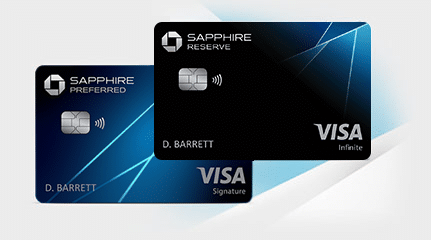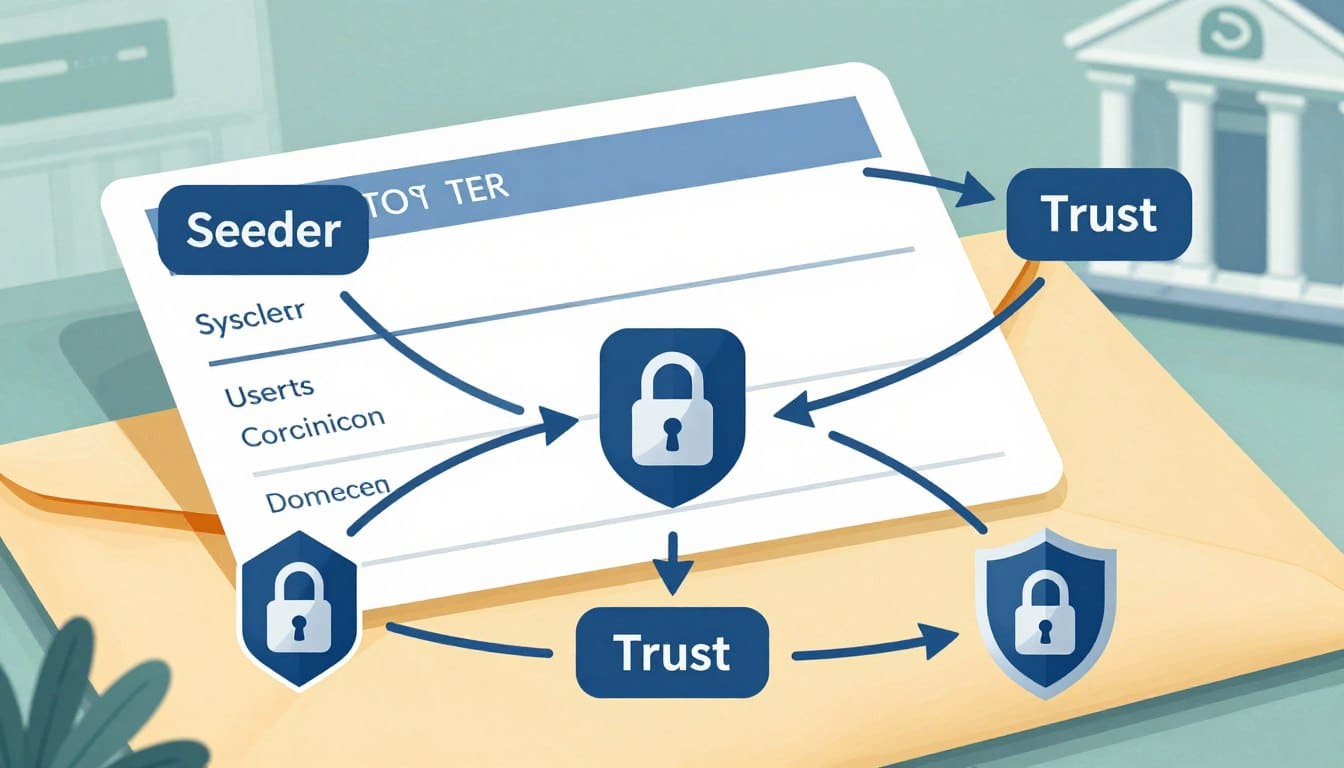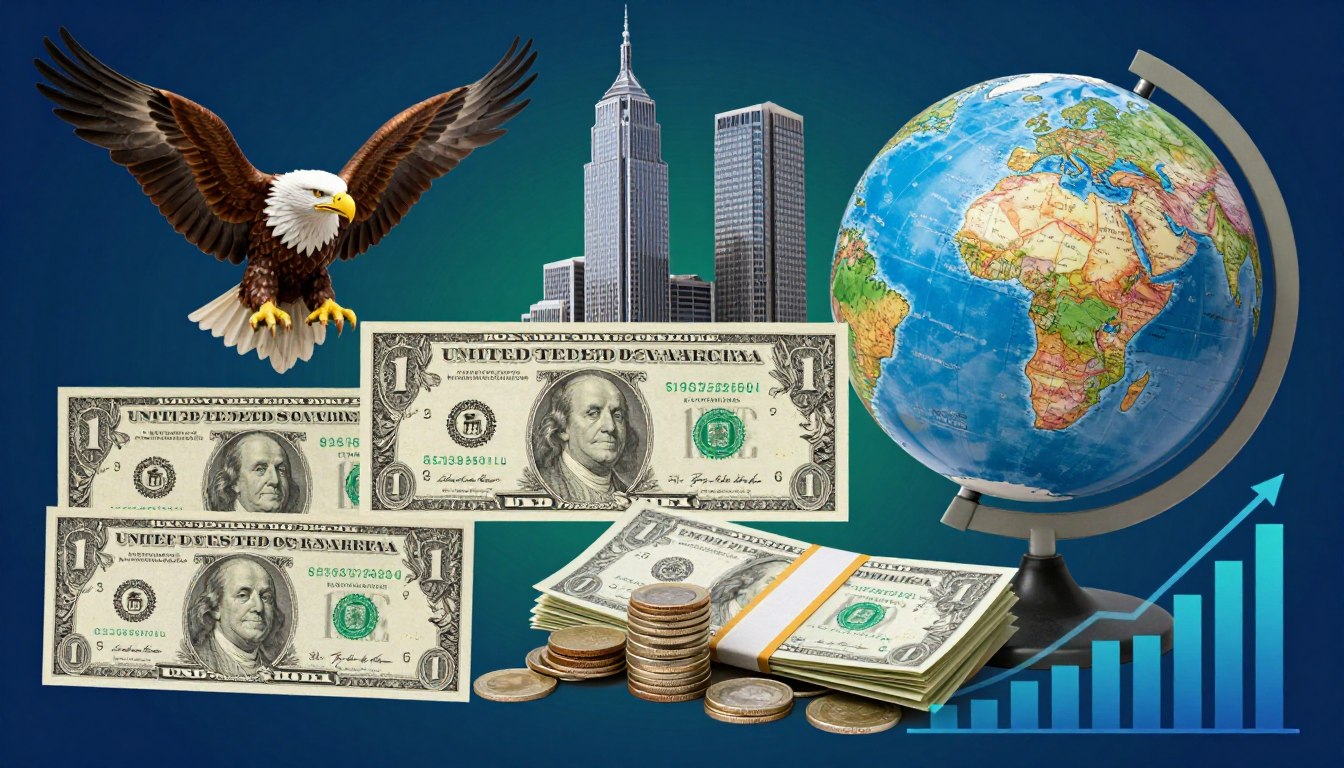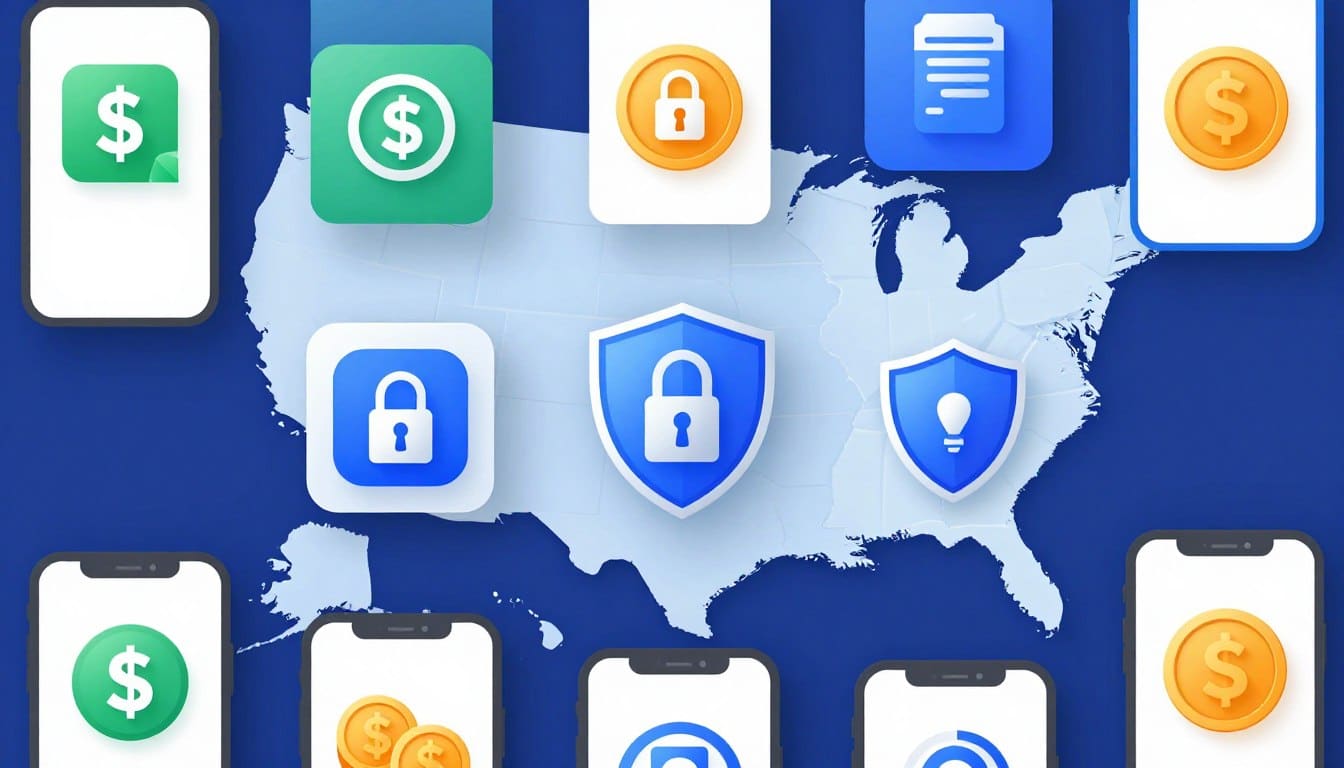Looking for a card for every occasion?
In today’s world, having a good emergency fund plan is crucial. This fund is key to handling surprises like big medical costs, fixing your house, or losing your job without shaking your financial stability. Still, many people struggle to save enough for unexpected needs.
By using smart saving tactics, you can better deal with financial hardships without falling into debt. Making emergency savings a top goal helps keep your finances safe even when times get tough.
Anúncios

Chase Sapphire Preferred® Card

Anúncios
Understanding the Importance of an Emergency Fund
Understanding why having an emergency fund matters can really help your financial security. It’s like a cushion that keeps you safe when surprises come your way. Without it, you could face tough times.
What is an Emergency Fund?
An emergency fund is money saved just for unexpected costs. Think sudden car fixes or emergency doctor visits. Many people in America don’t have enough saved for such emergencies. Having this fund ready means you’re set for whatever life throws at you.
Benefits of Having an Emergency Fund
There are several good reasons to have an emergency fund:
- It helps avoid debt when emergencies happen.
- Your finances stay healthy and stable.
- You can handle surprises without freaking out.
Not having an emergency fund makes tough times harder. To sum up, it’s key for handling life’s curveballs.

Assessing Your Financial Situation
Starting an emergency fund begins with checking your finances. You need to know your current bills and what surprises might pop up. Going through your money carefully helps you plan for unexpected costs better.
Calculating Monthly Expenses
First, list your monthly expenses, such as:
- Rent or mortgage
- Utilities
- Groceries
- Insurance premiums
- Transportation costs
Use these amounts to figure out how big your emergency fund should be. Multiply your monthly costs by three to six. This step is key for realistic savings targets.
Identifying Unforeseen Financial Risks
Think about things that could throw off your budget. Some examples are:
- Job loss
- Medical emergencies
- Unexpected home or automotive repairs
Knowing these risks helps decide the size of your emergency fund. This way, you can protect your money from surprises.
How Much Should You Save in Your Emergency Fund?
Figuring out the right amount for an emergency fund is crucial for your financial health. Experts often suggest saving a sum that covers three to six months of your expenses. Your specific situation might require you to save more or less than this guideline.
General Rule of Thumb
How much to save really depends on your monthly costs. If you have a family or a job that isn’t stable, it might be wise to save more. But if you’re single and your job is secure, you might not need as much.
Personalized Savings Goals Based on Individual Circumstances
Creating a savings goal that’s tailored to you can make building an emergency fund less stressful. Think about your family size, how steady your income is, and what debts you have. By setting a goal that fits your life, saving becomes easier and helps keep you safe if something unexpected happens.
Strategies for Emergency Fund Planning
Building an emergency fund needs a good plan and steady work. Using strong savings strategies helps get ready for financial needs. With some smart steps, people can handle their money better. They can also find special chances to add a lot to their emergency savings.
Create a Savings Habit
Starting to save regularly is key to building an emergency fund. People should think about these tips:
- Set clear savings goals to keep adding money regularly.
- Make a budget that includes money for savings every month.
- Check and change your savings plans often to make sure they work.
Manage Cash Flow
It’s important to keep track of money coming in and going out to save well. Knowing what you earn and spend helps put savings first. Here’s what to keep in mind:
- Look over bank statements often to see how you spend money.
- Find where you can spend less to save more.
- Think about using budget tools to help manage your money.
Utilize One-Time Opportunities to Increase Savings
Extra money sometimes comes when we least expect it. These moments are great for growing an emergency fund. To make the most of these chances:
- Put money from tax returns or bonuses into savings.
- Save unexpected gifts or cash for emergencies.
- Try short-term side jobs for extra money.
Automation in Emergency Fund Saving
Automation makes saving for an emergency fund easier. It helps people meet their financial goals with less effort. By using automated savings plans, contributions to their emergency fund happen regularly without needing to remember each time.
Setting Up Automatic Transfers
To have a smooth saving journey, setting up automatic transfers is key. Here’s how to make automating your saving process easy:
- Determine a fixed amount to save each month.
- Log into your online banking platform.
- Navigate to the automatic transfer or savings settings.
- Schedule regular transfers based on your preferred date and frequency.
- Monitor the process to ensure everything is functioning properly.
Employer Payroll Deductions for Savings
Payroll deductions make saving straightforward. Many employers let you send part of your paycheck directly to savings. This approach makes it easier to add to your emergency fund regularly and offers advantages like:
- Consistent saving without effort.
- Potential access to employer-matched contributions.
- Encouragement to build savings before spending.
Choosing the Right Account for Your Emergency Fund
Looking for the best place to keep your emergency fund is crucial for its growth. Safety, how easy it is to get your money, and how much interest you earn matter a lot. Banks and credit unions are safe places that let you withdraw whenever needed. If you want your savings to grow faster, think about high-yield savings accounts.
Bank vs. Credit Union Accounts
Banks and credit unions offer different benefits for savers. Banks have a wide range of services like online banking and lots of ATMs. Credit unions might charge less and give more personal customer service because their customers own them. It’s important to think about these things to choose the best place for your emergency fund.
High-Yield Savings Accounts
High-yield savings accounts are great for earning more interest than regular bank accounts. They keep your money safe and easy to access. With high-yield savings, your emergency fund can grow faster. Make sure to look at different accounts to find the best one for you, focusing on interest rates and ease of access.
Where to Keep Your Emergency Fund
Finding the best spot for your emergency savings is key for smart money handling. It’s about finding a balance between easy access and safety from overspending or theft. Many people choose between checking accounts and prepaid cards for their emergency cash. Both have pros and cons, tailored to what you need.
Checking Accounts
Checking accounts are a dependable choice for keeping your emergency money. They let you get to your cash fast, which is perfect in a pinch. Thanks to online banking and apps, they’re also super convenient. Just make sure you pick one that helps you save by avoiding unnecessary withdrawals.
Prepaid Cards and Cash
Other folks might use prepaid cards or just keep cash for emergency situations. Prepaid cards can help you manage your spending, but they might have some usage limits. Keeping cash is easy to access but also easy to lose or get stolen. Look for options that let you reach your money easily but still keep it secure.
Guidelines for Using Your Emergency Fund Wisely
Knowing when to use your emergency fund is key for smart money handling. It’s important to know the difference between real emergencies and everyday bills. This way, you’re ready for surprise costs without extra worry.
Defining a Financial Emergency
An emergency must fit certain rules before tapping into your savings. These include:
- Unexpected medical bills.
- Car fixes after accidents.
- Losing your job or making a lot less money.
- Home repairs that can’t wait.
Things like vacations or fancy gadgets shouldn’t use emergency funds. Those are not must-haves.
Replenishing the Fund After Use
Putting money back into your emergency fund is important after you use some. It’s critical to refill it fast so you’re ready for the next emergency. You can:
- Plan a monthly saving goal to get your fund back up.
- Use extra money like bonuses or tax returns for your fund.
- Lower spending on things you don’t need to save more.
With these steps, you guard your future money-wise and keep stress away.
Maintaining Your Emergency Fund
Checking your emergency fund often is key to making sure it meets your financial needs. By staying active with your emergency fund, you can be ready for any surprises. This means keeping an eye on how your savings grow and changing how much you put in when needed.
Monitoring Your Savings Progress
Watching your emergency fund lets you know how it’s doing and growing. Aim to set goals for your fund and check on them from time to time. Use budget apps or spreadsheets to help keep track. This smart monitoring helps you decide when to save more.
Adjusting Contributions Based on Life Changes
Big life changes, like getting married, switching jobs, or moving, affect your finances. These moments mean you might need to change how much you save. Always update your budget and savings goals to match your life now. By doing this, your emergency fund will stay strong and ready for anything unexpected.
Conclusion
Planning for an emergency fund is key for long-term financial safety. Understanding its value and looking at your own financial needs helps build a stable future. With the right saving strategies, you’re ready for any unexpected costs.
Having an emergency fund reduces stress during unsure money times. It makes your financial health stronger. When you start saving for emergencies, keep checking and changing your savings plan as needed. Making your emergency fund a priority brings you peace and stability with money.
FAQ
What is an emergency fund, and why is it important?
How much should I save in my emergency fund?
How can I create a savings habit for my emergency fund?
What strategies can I use to automate my savings for an emergency fund?
What types of accounts are best for holding my emergency fund?
What should I consider when deciding where to keep my emergency fund?
How do I define what qualifies as a financial emergency?
How can I maintain my emergency fund over time?
Conteúdo criado com auxílio de Inteligência Artificial


